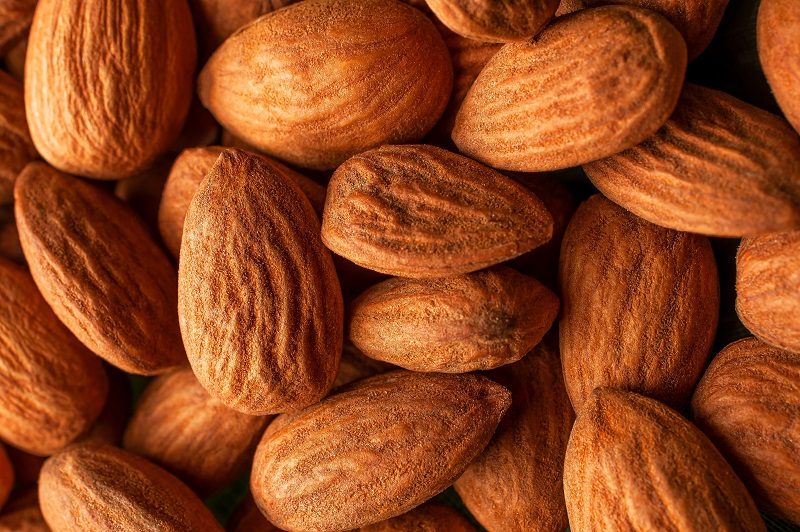North Carolina Farmer Shares Her 5 Favorite Lettuce Varieties To Grow
 Lettuce reaches harvest in just 35 to 50 days, and market demand for it is high. For these reasons, lettuce is a mainstay crop for diversified farmers and is highly profitable. On my farm in North Carolina, we produce both head and loose-leaf lettuce every week of the year. To keep customers interested in our lettuce, we grow heads and mixes with different textures, colors, and flavors. By carefully selecting varieties that match the weather of each season, we ensure successful lettuce harvests whether it be cold or hot.
Lettuce reaches harvest in just 35 to 50 days, and market demand for it is high. For these reasons, lettuce is a mainstay crop for diversified farmers and is highly profitable. On my farm in North Carolina, we produce both head and loose-leaf lettuce every week of the year. To keep customers interested in our lettuce, we grow heads and mixes with different textures, colors, and flavors. By carefully selecting varieties that match the weather of each season, we ensure successful lettuce harvests whether it be cold or hot.
Here are a few of our favorite tried-and-true varieties of lettuce. We ordered these from Johnny’s Selected Seeds.
#1 Cherokee
This red leaf lettuce is a customer favorite. Each leaf is a crunchy, beautiful pallet of maroon and purple changing to green in the center, perfect for using whole for sandwiches or cut for salads.
We grow ‘Cherokee’ all year, but it performs differently in each season. April to June and September to November, the heads are dense, wide, and large. In the hot summer months, the heads can be smaller and the coloration is lighter. They grow tall rather than wide, but they still bring excitement from customers.
‘Cherokee’ is highly resistant to disease and holds well in the field and postharvest. We plant these into a 30-inch bed with four rows, each plug one foot apart.
#2 Starfighter
‘Starfighter’ is our go-to green leaf lettuce for the summer. It makes giant heads of loose-green leaves. ‘Starfighter’ ensures we will have a healthy, big head of lettuce to offer customers even when other varieties may have disease issues in the months of July and August. We plant these into a 30-inch bed with four rows, each plug one foot apart.
#3 Newham and Cegolaine
When I’m harvesting a head of lettuce for my own dinner, I head straight to the ‘Newham’ and ‘Cegolaine’. These little gem varieties are absolutely delicious and are a chef’s favorite. They reach only 8 to 12 inches high, but their dense center is packed with crispy leaves. We grow ‘Newham’ and ‘Cegolaine’ all year. While they grow best in cooler temps, in the heat of the summer they grow well under shade cloth, too. We plant these into a 30-inch bed with four rows, each plug one foot apart. For mini heads, or in hoop houses, we plant them 6 inches apart.
#4 Salanova: Green, Red Butter
‘Salanova’ butter lettuce has uniformity, high disease resistance, and versatility. These qualities are so superior in ‘Salanova’ compared to other varieties we’ve tried that we keep growing this lettuce despite the high price tag for the seeds.
We grow ‘Salanova’ both for head lettuce and for our top-quality lettuce mix. In summer months when other lettuce mixes wilt quickly, our ‘Salanova’ lettuce mix stays strong in the field and postharvest for customers.
This lettuce grows really well for us 12 months of the year in all weather, resulting in efficiency in our propagation house seeding and planting plan. We plant these into a 30-inch bed with four rows, each plug six inches apart.
#5 Hampton
‘Hampton’ has full heads with small, green leaves making it perfect for salads. We sell Hampton as head lettuce and also pair this beauty with the red and green ‘Salanova’ butters for our premium mix. We grow ‘Hampton’ all year.
The best months for field-grown ‘Hampton’ are April, May, June, September, and October. It also performs well in hoop houses in the late fall and winter, and it can thrive under shade cloth in hot summer months. We plant these into a 30-inch bed with four rows, each plug 6 inches apart or 1 foot apart for larger heads.
In addition to selecting great lettuce varieties, we also use planting techniques that result in resistance to disease and continuous harvest. For example, we hill and plastic/bio mulch our beds to decrease soil splashing onto heads in heavy rains.
In summer months when disease pressure is high, we plant varieties at the widest distance recommended to encourage air flow. We also plant lettuce under the protection of hoop houses to reduce damage from heavy rains, hail, and deer.
By utilizing shade cloth and selecting varieties that are least likely to bolt, we can grow lettuce in the hottest summer months as well. In these ways we ensure steady, healthy lettuce harvests every week all year long.










